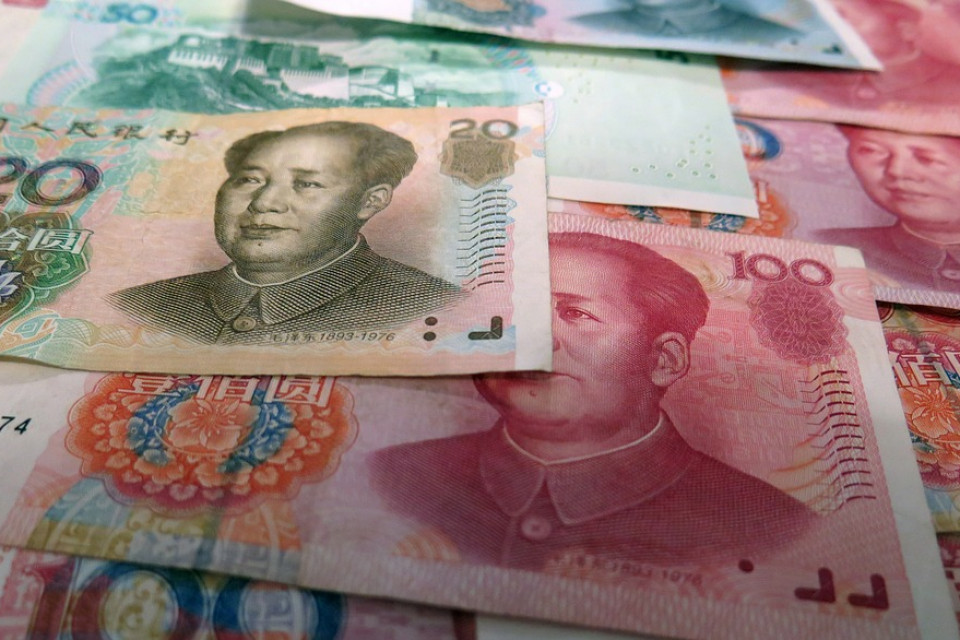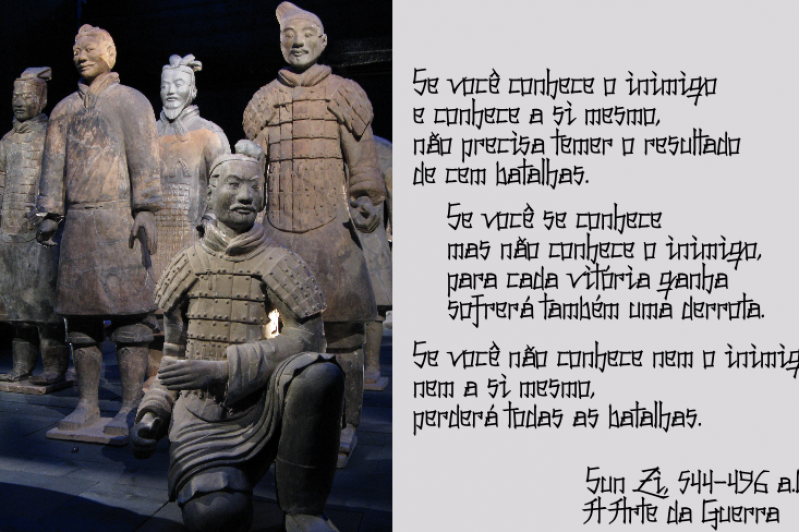The nuclear threat was the protagonist of the second part of the 20th century. An arms race in which the block formed by the United States and its allies, members of NATO, aimed their missiles towards the Soviet Union and its satellite countries, whose missiles, in turn, were aimed at the Western world's main cities. The Cold War, the unstable balance of forces that, if broken, ensured the destruction of the world as we know it, ended with the dissolution of the USSR at the end of the last century. And yet, this new century has brought new confrontations, new enemies, new imbalances in the global chessboard, and above all, new subtler ways of waging war.
Although it would be an oversimplification, we could say that, while the wars of scarcely fifty years ago were governed by the output of heavy machinery by the sides involved -airplanes, battle tanks, ships, missiles-, currently the Strategic advantage is defined by the ability to manage technological innovation by each of the contending nations. In many aspects, we have gone from wars involving cannon fire to others related to the Internet, cybersecurity, big data and the manipulation of public opinion through fake news, one of the great evils of our times. The consulting firm Gartner predicts that by 2022, most the general public of developed nations will consume more false information than real. An increasingly malleable populace, which responds to the old adage that governed the dystopian world posed by Orwell in the novel 1984: "he who controls the past, controls the future. He who controls the present controls the past."
Technological capacity is at the root of the contemporary geopolitical confrontation. The Cambridge Analytica case exposed how an self-interested misuse of the data we leave on the networks is carried out, in such transcendental topics as the presidential elections of the United States or the European Union exit vote in the UK.
Today's battlefield is the Internet, and weapon power is the availability of increasingly fast and powerful communications networks.
It is for all of the above that the fifth generation of mobile telecommunications -commonly known as 5G- has become the decisive strategic factor in the new cold war of our times, whose main protagonists are the United States of America, China and, in an obviously secondary role, old Europe.
Why is 5G so special? What does it contribute to be much more than a mere technical evolution of the previous standards, such as 2G, 3G and 4G? To tell the truth, it is the ideal communication solution that requires a permanently connected digital age, such as the one we currently live in. To start with, it provides spectacular bandwidth and connection speed, up to a hundred times faster than 4G, which for example would allow us to waych ultra-high definition video on mobile phones.
Another relevant factor is that it has quite low latency. Latency refers to the delays that information encounters when circulating through networks, or in other words, the time it takes for a device to execute an counting from when the signal was sent. In the case of 5G, this is reduced to a few milliseconds, something fundamental, for example, for the creation of self-driving cars, where a small delay in the flow of information could trigger an accident. Finally, it is a communication standard that can support a density of connected devices of millions per km2, which makes it crucial for the expansion of the Internet of things, given that, according to the consulting firm Gartner, in 2020 there will be more than twenty thousand million connected devices in the world.
The origin of the conflict between the United States and Chinese technology companies predates the arrival of Donald Trump to the White House.
Already in 2011, then-President Barack Obama accused Huawei and ZTE of constituting a threat to national security. In particular, it is alleged that these companies' devices would be configured for espionage -through hidden layers or back doors- and that the Chinese Government itself would be behind this theft of information. Accordingly, Donald Trump signed the 2019 National Defence Authorisation Act in August 2018, which establishes the government's veto on Huawei, and has also included the company on a blacklist that prohibits US companies from establishing relationships with them, although at the last minute an extension until August was granted to implementing this measure.
Also, at the beginning of this year, up to twenty-three charges against Huawei were filed in the federal court in Brooklyn, for bank fraud, obstruction of justice, conspiracy, violation of the regime of sanctions against Iran and theft of trade secrets to operators of American telecommunications. For their part, the managers of the company deny all the accusations, and the truth is that no European telecommunications operator was able to find evidence that the components and devices were or can be used to spy.
The entire offensive led by Trump seems more like a way to stop the Chinese advance in the field of 5G.
The president himself has come to affirm that "the race towards 5G is under way and the United States has to win". Moreover, the truth is that Huawei is a world leader in this wireless technology, which until now is only deployed commercially in South Korea and in a few US cities. In particular, the Shenzhen company has signed almost fifty contracts to implement 5G systems in thirty countries. In addition, according to BBC News, it has more patents than any other company in the world -concentrating around 15% of the total-, it made the very first 5G call in the world (February, 2018), has developed the first integral chip for 5G base stations and created a terminal that supports it. Therefore it is not surprising that it is perceived as a fearsome rival for the American technological yearnings.
Another issue that has not been fully clarified is the composition of the antagonistic blocks. On Beijing's side is Russia, another old opponent to the Yankee hegemony. On the American side, Australia, New Zealand, Canada and Japan have openly established their positions. The European Union has not yet defined its position in the conflict, aware that in its case there will be some delay in the creation of 5G networks, and that its position in the summit of world leadership is increasingly weak. The doubts and disquisitions expressed by the EU countries in this regard expect to receive an official position by the European Commission.
In any case, this reactionary policy on the part of the government of Donald Trump puts in check the approach of global commerce, in a world in which it is no longer the capital, but rather the own chains of production that go beyond national borders. Both Huawei depends on American and European companies in their output chains, the same as those of the Chinese company. It is a market articulated by quite complex relations between the agents involved, in which the local elements no longer have so much weigh, but rather the vision of a closely interrelated world economy. Yet, among other firms, Google, Qualcom, Broadcom, Intel and Panasonic, have turned their back on their former Asian member, for fear of disobeying the national interests defined by Trump.
For the European continent, the veto to the Chinese companies would mean a delay in the 5G deployment. As indicated by the digital Hypertextual media, the combined market share of Huawei and ZTE reaches the figure of 40%. If the Commission were to join the ban promoted by the United States, the delay would increase the gap between the penetration of 5G of the United States and the EU by more than fifteen points.
This Chinese-American trade war may affect the operation of technology companies around the world.
For its part, China has begun to accelerate the pace. They had planned to finish deploying their 5G networks in 2020, but have redefined their objectives by setting the new standard at the end of this year. It is war, and also a robust response to the American veto. Also, they have begun to strengthen ties with another old enemy of the American, such as Russia. On Wednesday, June 5th, Huawei signed an agreement with the Russian telecommunications company MTS to implant 5G technology there. For this nation, this collaboration implies the supply of 5G technologies and the creation of pilot networks between this year and 2020.
We cannot anticipate how this chapter will end; we will have to see how events concerning 5G happen, particularly in 2020, although it is still a paradox that precisely a technology that entails improving communication throughout the world and surpassing borders, has instead become the workhorse of American protectionism.










